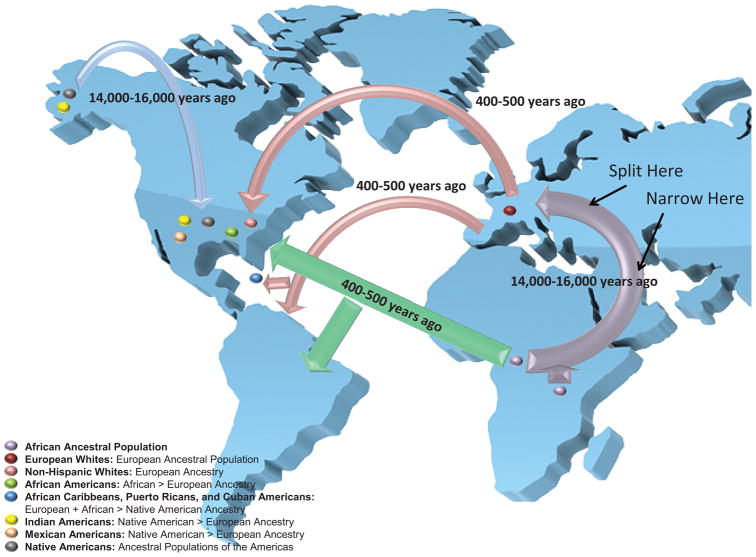Figure 2. Ancestries of Recently Admixed Ethnic Groups in the United States.
The first human colonization of Europe during the Upper Paleolithic period (purple arrow) was accompanied by a “bottleneck” or collapse of genetic diversity in the resulting European White ancestral population. Recent mixing between more genetically diverse, ancient African ancestral populations with European Whites, and Native Americans (blue arrow represents the first human colonization of the Americas) during the European colonization of the Americas (red arrows) and the African slave trade (green arrows) resulted in different, recently admixed ethnic groups with varying degrees of genetic diversity. The flow of genetic diversity is represented by the thickness of the arrows: thicker arrows reflect greater genetic diversity (i.e. resulting from a greater number of recombination events, shorter genomic regions of linkage disequilibrium, and a greater frequency of rare variants).

